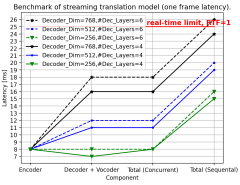Authors: JooYoung Lee, Emily Booth, Hany Farid, Marian-Andrei Rizoiu
Published on: March 13, 2024
Impact Score: 8.0
Arxiv code: Arxiv:2403.08391
Summary
- What is new: This research shifts the perspective on online misinformation, arguing that it’s not just about the factual accuracy of the content shared but also about the content selection and presentation styles that echo users’ biases.
- Why this is important: The challenge of understanding why misinformation spreads online, specifically among communities with fringe ideologies.
- What the research proposes: Investigation into the role of consensus-based content, topic selection by far-right users, and differences in writing styles between moderate and far-right news publishers in spreading misinformation.
- Results: Far-right and moderate news publishers shared similar information quality, but far-right users selectively shared topics aligning with their biases. Differences in writing style between moderate and far-right publishers were significant, and users likely to share misinformation could be identified by their communication style.
Technical Details
Technological frameworks used: Content analysis, machine learning for style detection
Models used: Natural Language Processing (NLP) techniques
Data used: Australian news content, Twitter data
Potential Impact
Social media platforms, news organizations, companies in the digital trust and safety space
Want to implement this idea in a business?
We have generated a startup concept here: InfoTune.




Leave a Reply